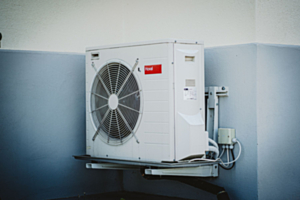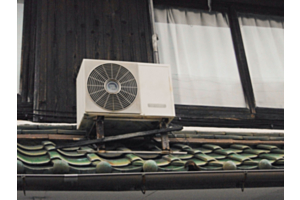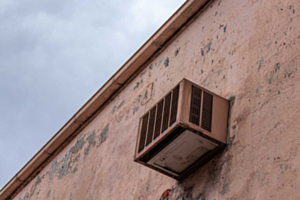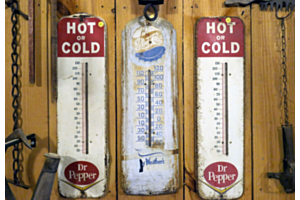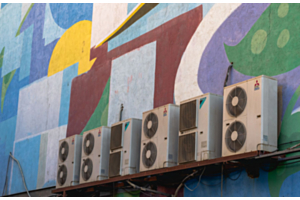Do Mini Splits Need a Drain?

In the summer, you greatly enjoy taking some of the rooms where your central air conditioner doesn’t cool well and making them iceboxes via window air conditioner units. However, the worst part about owning a window AC is draining the condensate.
After reviewing your spending on your utility bills, you realize that your current heating and cooling solutions are costing you a lot of money.
You’ve been thinking of making the switch to a ductless mini split system for a few years now, and now might be as good a time as any to do it. However, before you do, you have to know if you’re going to have to drain a mini split all the time.
Mini splits, like many types of cooling solutions, will indeed produce condensate that has to drain.
So how does a mini split drain, you ask? It has its own built-in condensate drain, so you needn’t buy a separate drain for your mini split system.
As the condensate drains from the mini split, it usually travels downward, such as down a wall.
Mini splits also include a traditional drain pan, which is the first destination of the condensate. The condensate then reaches the condensate drain, as the drain pan cannot hold water.
What about when the condensate reaches the end of the condensate drain? Then where does it go?
Well, in most cases, it will drip down onto the lawn or concrete at the base of your home. The condensate does not touch the side of your home at any point, so you don’t have to worry about the risk of foundation damage.
Okay, but if enough water accumulates in one area, especially when we’re talking about an area of lawn, then soil erosion could occur.
While indeed, that’s true, when a mini split develops condensation, it’s not in huge amounts like your window air conditioner. You don’t have a whole pan of water to contend with.
A minisplit as a window unit can condensate around 1 lt of water per ton per hour. The ground quickly absorbs the liquid and your yard isn’t at risk of soil erosion.
One of the biggest benefits of a mini split condensate drain is that while the technicians are mounting your mini split, you can choose which side of the mini split system the drain will go.
You can easily access the condensate drain if it ever gets clogged (which can happen since it’s exposed to the elements) or call your mini split technician and have them look at it.
Here are some tips to keep the mini split condensate drain working well:
- Insulate the condensate drain so that in colder weather, you don’t have to worry about the condensate fluid freezing in the drain and never making its way out.
- Double-check that the slope of the mini split condensate drain allows the fluid to move straight downhill.
- At least once or twice a year, check the condensate drain and test it to see if it’s working.


